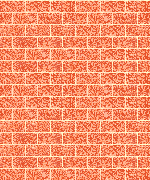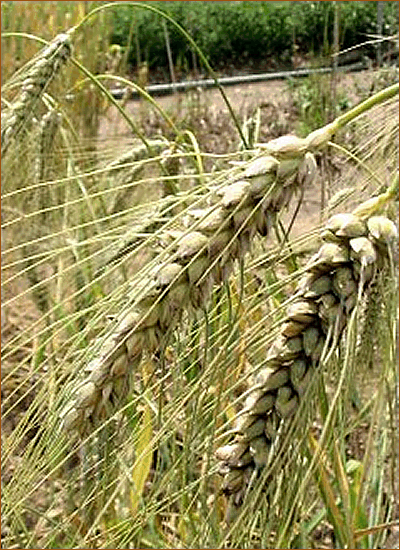 |
|||
 |
The Evolution of Wheat - Durum Wheat | ||
 |
Durum Wheat is a tetraploid AABB wheat that evolved from Cultivated Emmer, first being recorded about 7,000 BP. The ears are free-threshing with large, hard-textured grains that produce a coarse textured flour known as semolina when milled. When this is mixed with water to form a stiff dough, it can be extruded into various shapes before being dried to create a wide range of pasta products, such as macaroni, spaghetti and lasagne. When cooked, the starch in these products absorbs water and softens but the high gluten content ensures that they retain their original shape without dissolving. It is also used for making couscous, small pellets of moistened semolina and finer flour being created by rolling before steaming and drying. These are then steamed again to soften it prior to eating. Although Durum Wheat contains a high gluten content, it is unsuitable for bread making and will result in a heavy flat loaf. Durum wheat is typically grown in areas with mild winters and warm summers, such as parts of North Africa, Europe, America, Canada and Australia. |
||